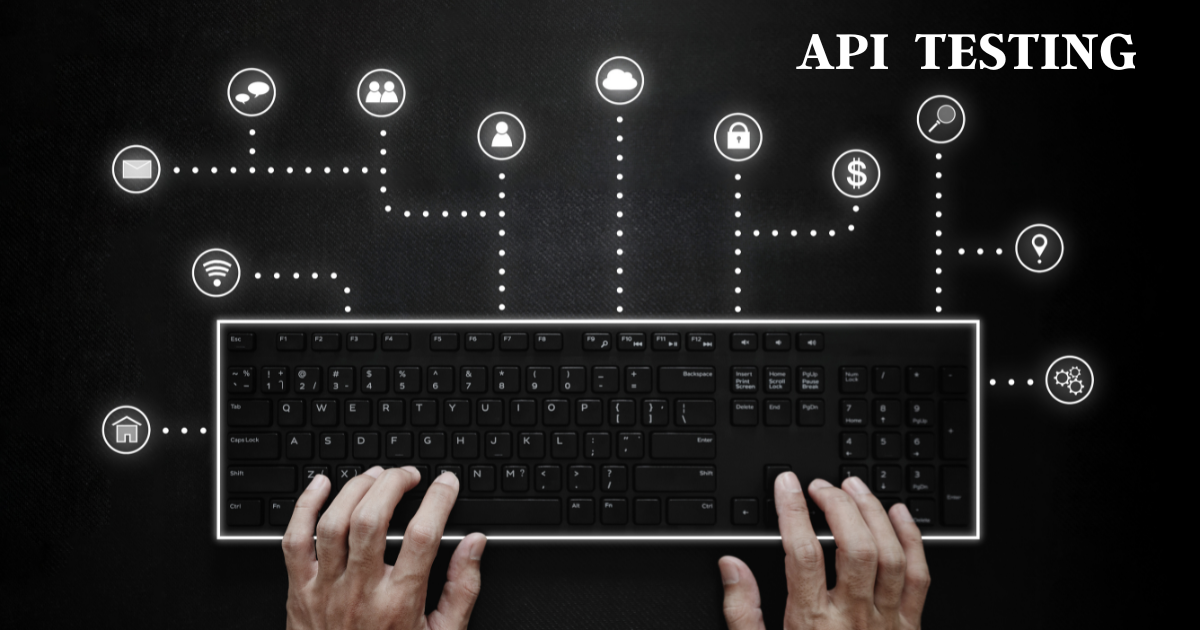An API Testings is like a middleman that helps different applications communicate with each other.
As technology advances rapidly, the demand for proficient software testers is on the rise, with coding emerging as a pivotal requirement.
However, what if you realize that coding isn't your passion?
Can you still establish a successful career as an API tester?
Let’s figure it out.
Well, yeah, manually performing API Testings without any automated tool can totally work at first.
Let's review the essential steps that need to be taken in order to move forward.
Manually Testing APIs
Manual API Testings is the process of manually sending requests and verifying the responses.
Despite being time-consuming and repetitive, manual testing retains its significance as a valuable approach for identifying bugs, particularly during the initial development stages.
Despite its limitations, manual testing proves adept at thoroughly evaluating a substantial number of test cases.
There are several black box testing techniques available for API Testings, including
📌Boundary value analysis
📌Equivalence partitioning
📌Fuzzing
📌Use case testing
📌State transition testing
📌Decision table testing
Each of these methods has a distinctive approach that can be used in accordance with the API’s particular specifications.
The process of manually testing APIs is straightforward, with thorough testing of all aspects of the STLC, including immediate fixes for any issues that are identified.
All the phases of STLC — requirement analysis, test case planning, test case development, test execution, defect reporting, re-testing, regression testing, and test closure can make sure that the API will meet the requirements and deliver the desired output.
Tools for Manual API Testings
Manual API testing comes with several limitations; however, there are several tools available to mitigate these challenges. Postman, SoapUI, and REST clients are examples.
📌Postman is a widely used tool for performing manual API testings that enables you to conveniently send requests and receive responses.
📌 SoapUI is a tool that can be used for manual API testing and offers advanced features like assertions and test cases.
📌REST clients are browser extensions that enable you to send requests and view responses directly from the browser.
Understanding the Basics of API Testing's
It is necessary to have a fundamental understanding of API Testings in order to work as an API tester, even if you work as a manual tester.
The initial step is to get familiar with the application programming interface (API) and all of its parts.
Is manual testing sufficient?
While manual testing is vulnerable to human errors, it still holds value as a method capable of yielding accurate results.
Therefore, by augmenting manual testing with automation, we can ensure complete coverage of test cases.
Understanding API Automation Testing
In the long term, you will have the opportunity to learn about libraries that support API automation.
It may seem daunting to begin the process of learning how to code, but this is a great way to enhance your skills and automate complex situations.
Some common white box testing techniques that you can use in API Automation testing include:
📌Code coverage testing
📌Integration testing
📌Unit testing
With a little effort and practice, you’ll be able to master coding and take on any challenge that comes your way.
Read - “Ready for API Testing?” Here’s what you need to know first- Part 2
Book a Demo and experience ContextQA testing tool in action with a complimentary, no-obligation session tailored to your business needs.
Stay ahead of the game with modern testing methods.
By embracing the power of automation, you can take your API testings to the next level and achieve great results!
